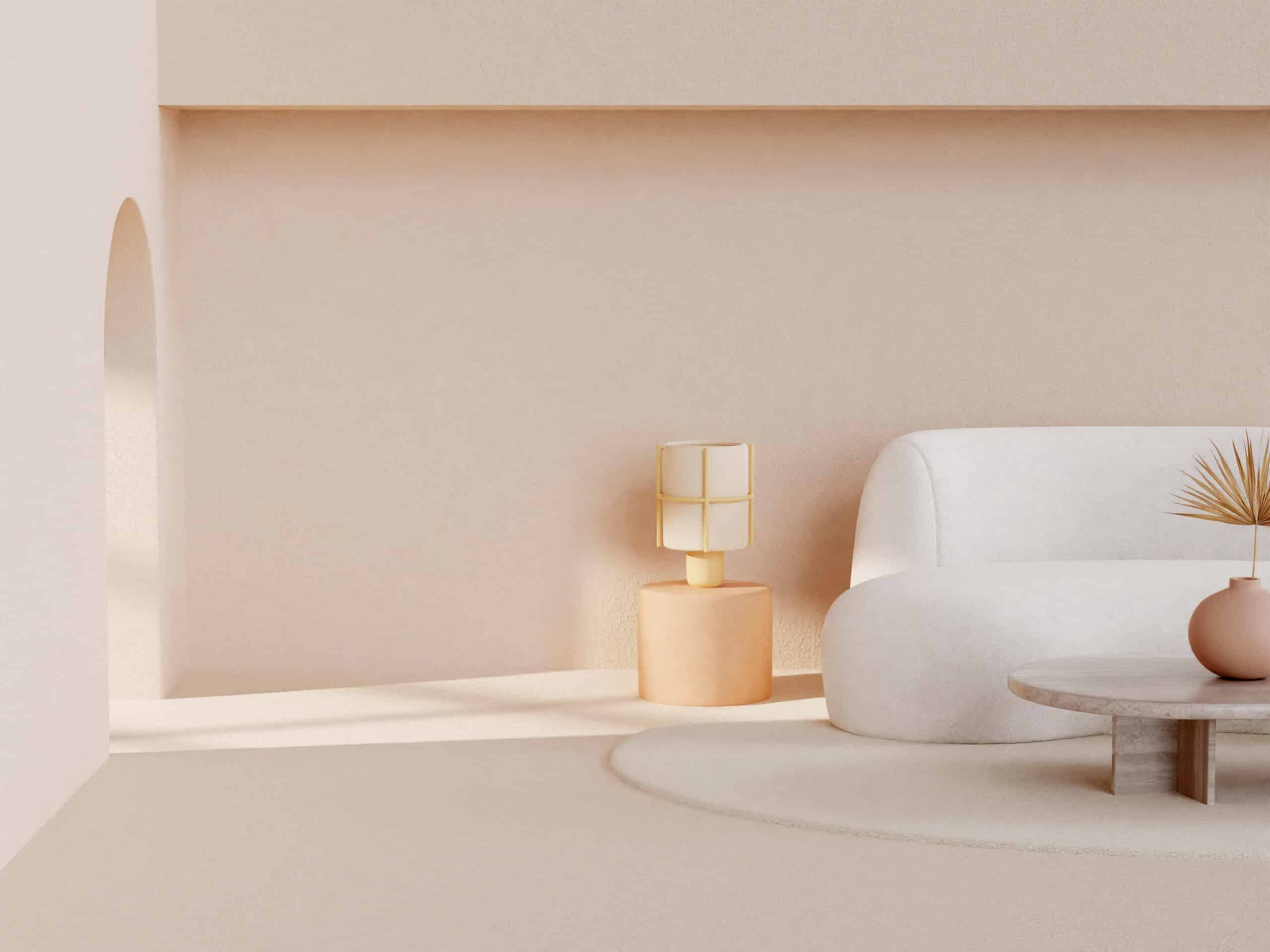
We live in a world overflowing with information and possessions. It’s easy to feel overwhelmed by the sheer volume of "stuff" that surrounds us. That's why minimalist interior design has become so appealing. It's more than just an aesthetic; it's a philosophy of living with less, focusing on what truly matters, and creating a space that promotes calm and clarity. This guide will walk you through the core principles of minimalist design and offer practical tips for transforming your home into a serene and functional sanctuary.
Understanding the Core Principles of Minimalist Design
Before diving into the practical steps, let's clarify what minimalist design truly entails. It’s about intentionality, simplicity, and functionality. It’s not about emptiness for emptiness' sake, but rather about curating your belongings and creating a space that is both beautiful and purposeful. This involves a commitment to decluttering, prioritizing quality over quantity, and embracing open space.
Decluttering: The Foundation of Minimalism
The first and most crucial step is decluttering. This is often the most challenging part, but it's essential for achieving a minimalist aesthetic. Start by going room by room and asking yourself some tough questions about each item: Do I use this regularly? Does it bring me joy? Does it serve a necessary function? If the answer to all of these is no, it’s time to let it go. Consider donating, selling, or responsibly discarding items you no longer need. Be ruthless in your editing process, remembering that less is more.
Choosing a Neutral Color Palette
Color plays a significant role in creating a minimalist atmosphere. A neutral color palette is key. Think whites, creams, grays, and muted earth tones. These colors promote a sense of calm and spaciousness. You can add pops of color with accessories or artwork, but keep the overall palette restrained and harmonious. Consider using different textures within the same color family to add depth and visual interest without overwhelming the space.
Selecting Functional and High-Quality Furniture
Furniture in a minimalist space should be functional, well-designed, and built to last. Choose pieces with clean lines and simple silhouettes. Opt for quality materials that will withstand the test of time. Consider multi-functional furniture, such as a sofa bed or a coffee table with storage, to maximize space and minimize clutter. Invest in fewer, high-quality pieces rather than many inexpensive ones.
Embracing Open Space and Natural Light
Minimalist design emphasizes open space. Avoid overcrowding rooms with furniture and accessories. Allow for ample breathing room between objects. Maximize natural light by keeping windows clear and using sheer curtains or blinds. Natural light enhances the sense of spaciousness and creates a more inviting atmosphere. Consider the flow of movement through the space and ensure that pathways are clear and unobstructed.
Strategic Use of Storage Solutions
Storage is crucial in a minimalist home. The goal is to keep surfaces clear and clutter-free. Utilize built-in storage, such as shelving units or hidden compartments, to conceal items. Baskets, bins, and decorative boxes can also be used to organize and contain smaller items. The key is to find storage solutions that are both functional and aesthetically pleasing.
Adding Texture and Visual Interest
While minimalism emphasizes simplicity, it doesn't have to be boring. Texture can add depth and visual interest to a minimalist space. Incorporate natural materials, such as wood, stone, and linen, to create a tactile experience. Use different textures within the same color palette to add subtle variations. For example, a textured throw blanket or a woven rug can add warmth and character to a room.
Carefully Curated Accessories and Artwork
Accessories and artwork should be carefully chosen to complement the minimalist aesthetic. Avoid cluttering surfaces with unnecessary items. Select a few meaningful pieces that you truly love and that add personality to the space. A single statement piece of artwork or a carefully arranged collection of objects can be more impactful than a multitude of smaller items. Less is definitely more when it comes to accessories.
Maintaining Order and Organization
Minimalism is not a one-time event; it's an ongoing process. Maintaining order and organization is essential for preserving the minimalist aesthetic. Establish a daily or weekly cleaning routine to prevent clutter from accumulating. Put things back in their place immediately after using them. Regularly evaluate your belongings and declutter as needed. This will help you maintain a sense of calm and control in your home.
Integrating Smart Home Technology
While minimalism is about simplifying, integrating smart home technology can actually enhance the minimalist lifestyle by reducing clutter and streamlining processes. Consider using smart lighting systems that can be controlled remotely, eliminating the need for multiple lamps and switches. Smart thermostats can optimize energy consumption and reduce clutter on walls. Voice-activated assistants can manage various tasks, freeing up your time and mental energy. When incorporating technology, prioritize seamless integration and avoid adding unnecessary devices that contribute to visual clutter. Look for sleek, minimalist designs that blend seamlessly into your existing décor.
Sustainability and Eco-Conscious Choices
Minimalism often aligns with sustainability. When furnishing or decorating your minimalist space, opt for eco-friendly and ethically sourced materials. Choose furniture made from reclaimed wood or recycled materials. Select textiles made from organic cotton or linen. Consider the environmental impact of your choices and prioritize products that are durable, long-lasting, and sustainably produced. This not only reduces your environmental footprint but also adds to the overall sense of well-being and intentionality in your home.
Minimalist interior design is a journey, not a destination. It’s about creating a space that reflects your values and supports your lifestyle. By decluttering, choosing a neutral color palette, selecting functional furniture, maximizing open space, and incorporating thoughtful storage solutions, you can transform your home into a serene and functional sanctuary. Take the first step today and start decluttering one small area of your home. You'll be surprised at the impact it can have on your overall sense of well-being.
